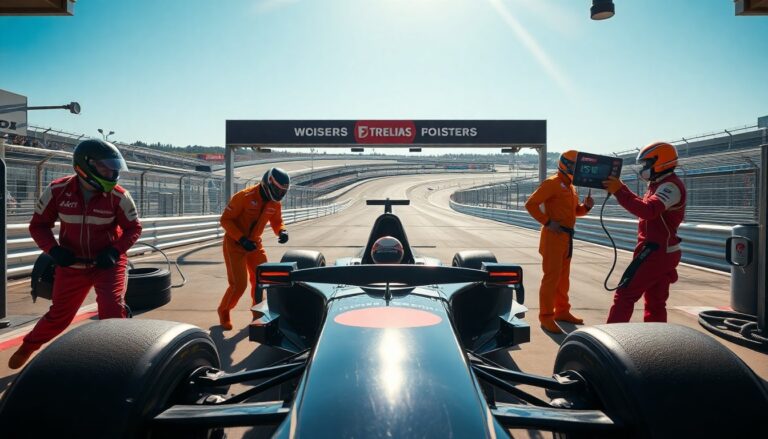Argomenti trattati
Formula 1, often referred to as F1, represents the pinnacle of motor racing, merging speed, precision, and cutting-edge technology. Teams from around the world compete annually in a series of races known as the Formula One World Championship, captivating millions of fans globally. The atmosphere, intense rivalries, and dramatic races contribute to its status as a premier sporting event.
The sport’s origins trace back to the early 20th century, evolving from motor racing enthusiasts to a highly organized and commercialized global phenomenon. Today, Formula 1 showcases not only the skill of the drivers but also the engineering prowess of the teams responsible for designing and building the cars.
The technology behind Formula 1
One of the most fascinating aspects of Formula 1 is the advanced technology driving the design and operation of the cars. Each team invests millions in research and development to secure a competitive edge. The cars are equipped with state-of-the-art systems that optimize performance, including aerodynamics, engine efficiency, and tire management.
Aerodynamics
Aerodynamics is crucial for a car’s performance on the track. The shape of an F1 car is meticulously designed to minimize drag and maximize downforce, enabling it to navigate corners at high speeds. Engineers employ sophisticated computational fluid dynamics (CFD) simulations and wind tunnel testing to refine the car’s design, ensuring optimal airflow around the vehicle.
Engine efficiency
Modern Formula 1 cars utilize hybrid power units, which consist of a turbocharged internal combustion engine combined with energy recovery systems. These systems capture energy generated during braking and convert it into electrical power, enhancing overall efficiency. The balance between power and fuel efficiency is vital, particularly during long races where maintaining speed while conserving fuel is essential.
The strategies of racing
In addition to technological facets, race strategies significantly influence the outcomes of Formula 1 events. Teams must make rapid decisions based on various factors, including weather conditions, tire performance, and competitor tactics. Understanding these strategies offers insight into what constitutes a successful team.
Tire management
Tire management is a critical component of race strategy. Teams analyze tire degradation during races to determine when to pit for fresh tires. The choice of tire compounds can also impact the car’s performance, compelling teams to balance speed and durability. Effective tire strategy can mean the difference between victory and defeat.
Weather considerations
Weather conditions can dramatically shift the dynamics of a race. Rain, for instance, may necessitate the use of different tire types, such as intermediate or wet tires, designed to provide better grip on slippery surfaces. Teams must remain vigilant and adjust their strategies in real-time, making swift decisions that could influence their finishing positions.
Additionally, the advent of technologies like telemetry allows teams to monitor their cars’ performance in real-time, providing essential data that can shape race tactics. This includes everything from engine temperature to tire pressure, enabling teams to make informed decisions.
The future of Formula 1
Looking ahead, Formula 1 continues to evolve. With growing concerns regarding environmental sustainability, the sport is moving towards more eco-friendly practices. The introduction of hybrid engines is merely the beginning, as teams explore alternative fuels and energy sources to reduce their carbon footprint.
The sport’s origins trace back to the early 20th century, evolving from motor racing enthusiasts to a highly organized and commercialized global phenomenon. Today, Formula 1 showcases not only the skill of the drivers but also the engineering prowess of the teams responsible for designing and building the cars.0
The sport’s origins trace back to the early 20th century, evolving from motor racing enthusiasts to a highly organized and commercialized global phenomenon. Today, Formula 1 showcases not only the skill of the drivers but also the engineering prowess of the teams responsible for designing and building the cars.1

